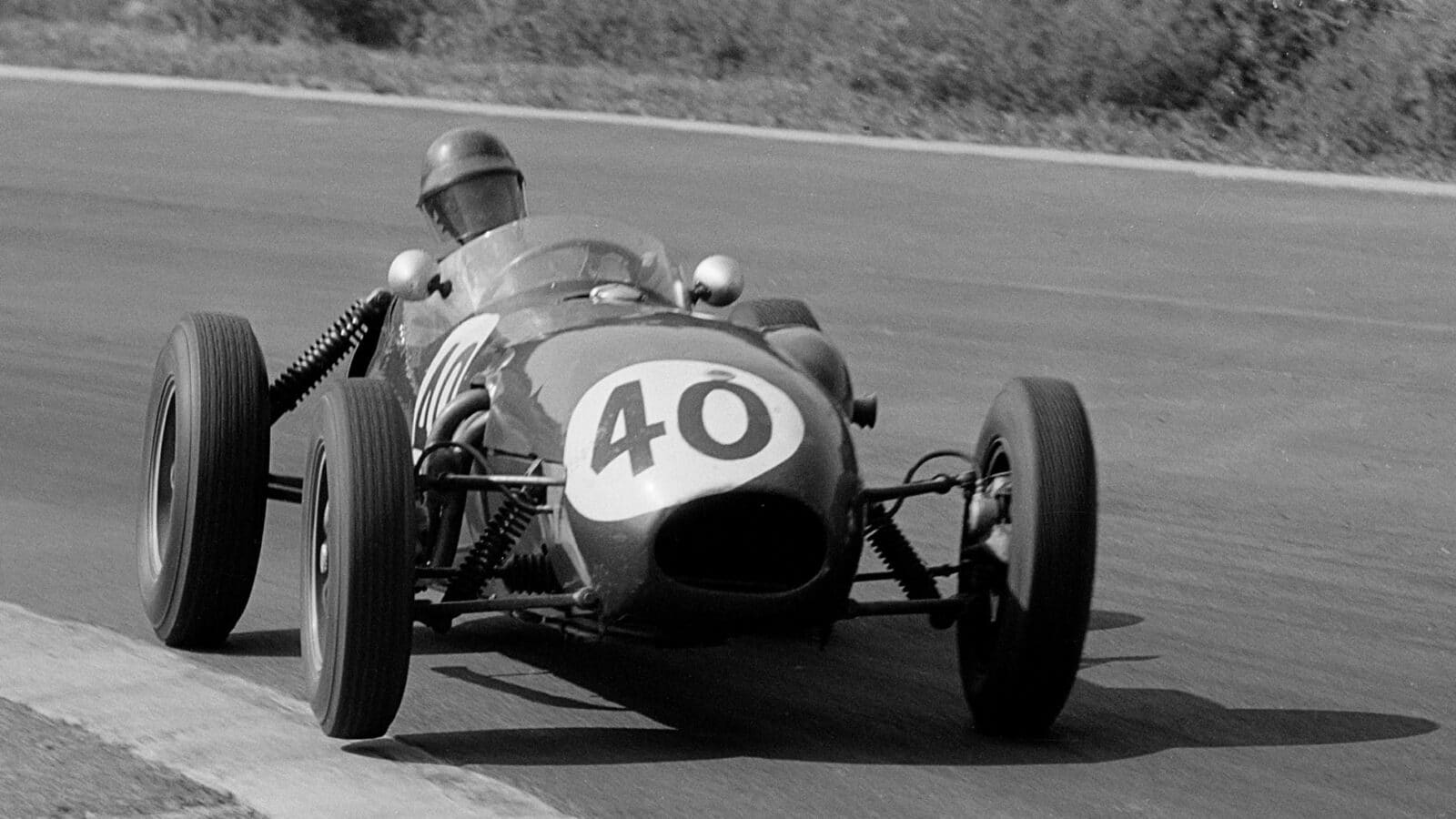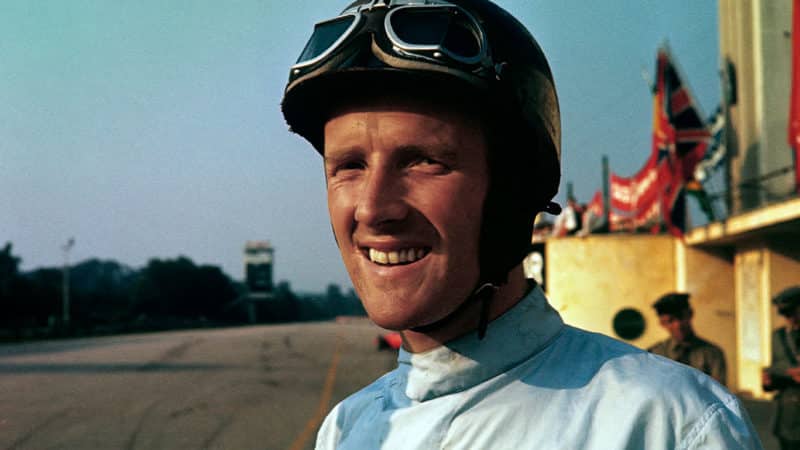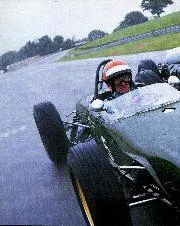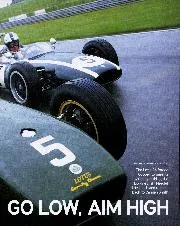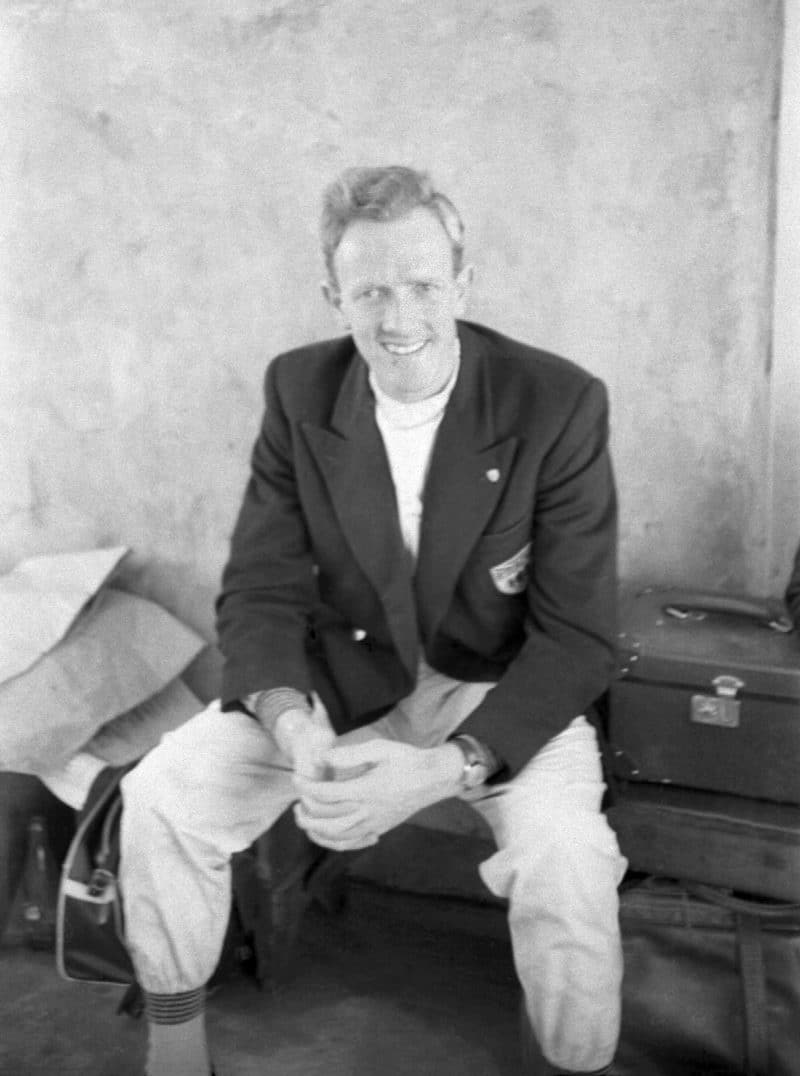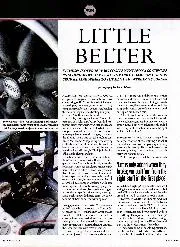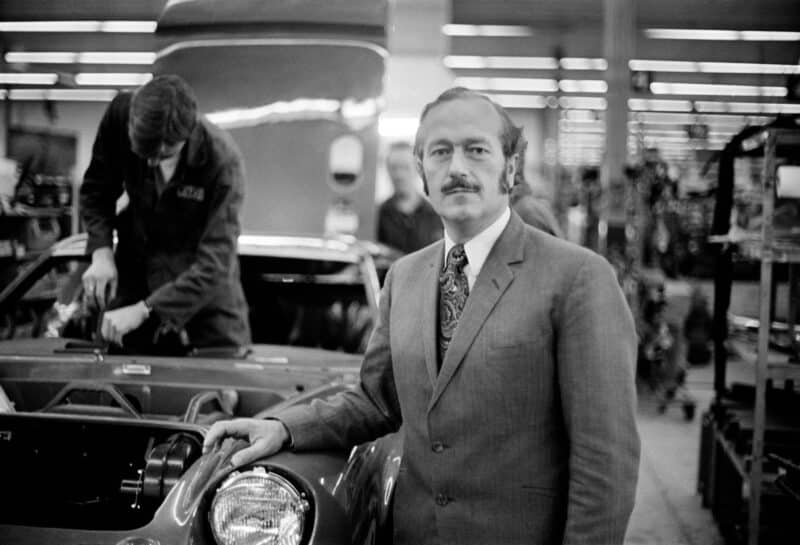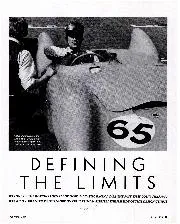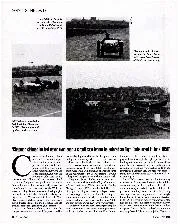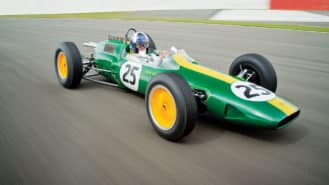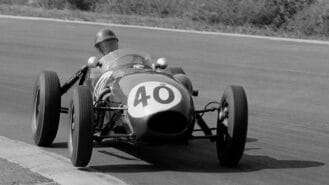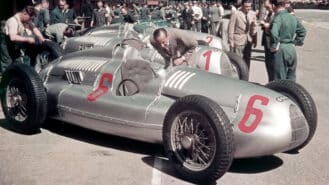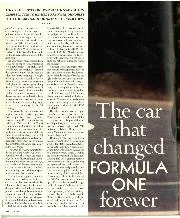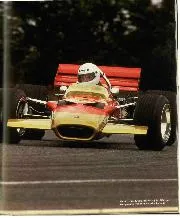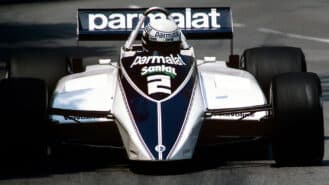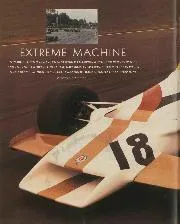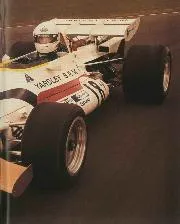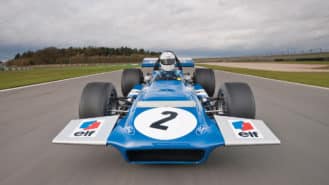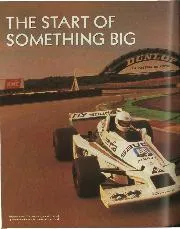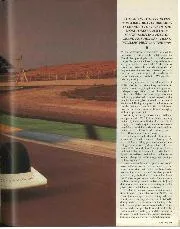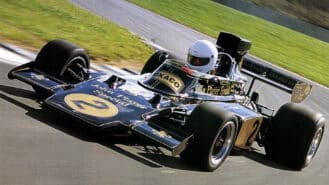Ah yes, the accident. The 8.8-mile Spa-Francorchamps was an exhilarating but daunting place to race the 1.5-litre F1 cars. Cliff, on a quick lap in practice for the 1961 Belgian Grand Prix, was pressing on in UDT-Laystall’s Lotus 18 when he arrived at Blanchimont too fast. “I got as much opposite lock on as I could, but it was becoming obvious it was going to spin. Then the nose of the car went onto the grass, and it just flipped over. “The first roll almost threw me out, but my lower legs were trapped by the steering wheel and got crushed as the car went over.
“Had I not got thrown out on the second roll, I would have been killed because the car was a complete write-off. As it was, along with the broken legs, I had shattered the nerves that tell the muscles when to lift your feet up.” It was the end of Cliff’s racing career, but bearing in mind what had happened to Chris Bristow and Alan Stacey at Spa the year before, you can only conclude he was lucky. Certainly, snapper Malcolm Griffiths, Neil and myself feel privileged to be standing at Mallory 40 years on talking to this kindly-faced fellow in period overalls, Les Leston boots, original varnish-bonded canvas crash hat and goggles. Cliff, by contrast, isn’t in awe. Quite the opposite, in fact; he’s giving us a debrief on his half-hour reacquaintance with the 12.
“It was great fun. I never got the line of the long first corner right; I was changing down, until I realised I was better off leaving it in top and concentrating on the line. Once I’d got it right, I did feel it skipping on the exit.”
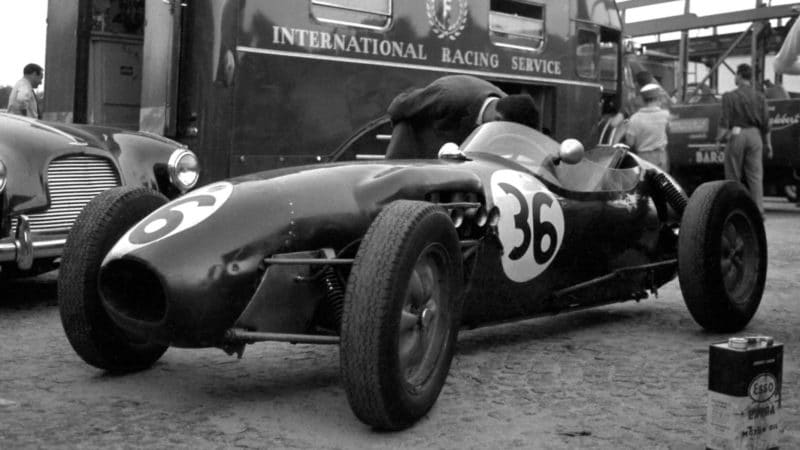
Allison’s Lotus 12 before the 1958 Italian GP at Monza
Grand Prix Photo
I get a flashback of the photograph Cliff had shown us the previous evening, of him tricycling the 12 around Spa on his way to fourth in 1958. It was a brilliant drive that could so easily have been rewarded with victory, since the three cars that beat him that day — the Vanwalls of winner Tony Brooks and third-placed Stuart Lewis-Evans and Mike Hawthorn’s Ferrari — would not have lasted another lap.
“But there wasn’t another lap, so that’s that. I didn’t regard it as a missed opportunity, really. To be honest, we were very pleased to have come fourth. For a spindly thing like a Lotus 12 to have done so well compared to the might of Ferrari, Vanwall, Maserati and so on — it was quite a good result, wasn’t it?” Neil drives the car regularly, and says the 1.5 Climax is plenty powerful enough for him, since the 12 can get pretty twitchy. Its pared-to-the-bone lightness does wonders for its turn-in, but its consequent skittishness could necessitate the brown corduroys. Neil has been impressed, therefore, by tales of a 12 being clocked at 178mph at Spa. He seeks confirmation. “Oh yes, that would have been me,” nods Cliff. “With a 2.2 engine, it was like riding on a bullet. Out of tight corners, especially, it was like a dragster.”
